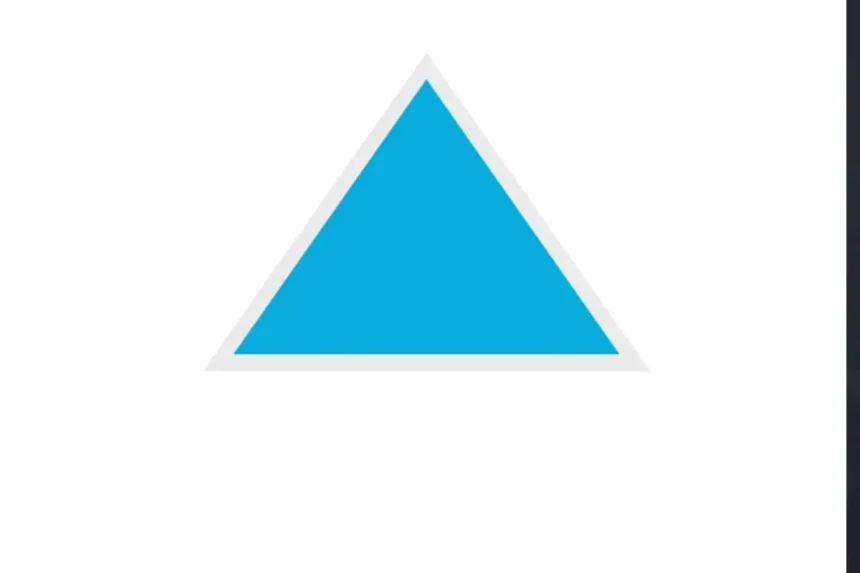Introduction
Geometry Spot, Geometry is an essential branch of mathematics that plays a pivotal role in many fields such as architecture, engineering, art, and computer science. The Geometry Spot serves as a focal point for learners, educators, and professionals seeking to deepen their understanding of geometric principles. In this article, we will explore the significance of geometry, cover key concepts, applications, and the challenges that arise when mastering this subject. Whether you’re a student, a teacher, or a math enthusiast, the Geometry Spot is designed to cater to all levels of understanding.
Detailed Explanation of Key Concepts
What is Geometry?
Geometry is a branch of mathematics that deals with the properties and relationships of points, lines, surfaces, and shapes. It studies the size, shape, and position of objects and involves spatial understanding. Geometric principles are used to measure areas, volumes, and angles and are foundational to constructing objects in both two-dimensional (2D) and three-dimensional (3D) spaces.
Primary Concepts of Geometry
- Point: The most basic unit in geometry, which represents a position in space with no dimensions.
- Line: A straight, one-dimensional figure with no thickness, extending infinitely in both directions.
- Plane: A flat, two-dimensional surface that extends infinitely in all directions.
- Angle: Formed by two rays (or lines) that meet at a common endpoint. Angles are measured in degrees or radians.
- Shapes and Solids: Various geometric figures such as triangles, squares, circles (2D shapes), and cubes, spheres, and cylinders (3D solids).
Theorems and Postulates
Geometry heavily relies on theorems and postulates to derive further properties of shapes and their relationships. For example:
- Pythagorean Theorem: In a right-angled triangle, the square of the hypotenuse is equal to the sum of the squares of the other two sides.
- Euclidean Geometry: Based on postulates introduced by the ancient mathematician Euclid, which define the properties of geometric figures in a flat plane.
Importance and Benefits of Geometry
Foundation of Mathematics
Geometry forms the basis of many other branches of mathematics, including algebra, calculus, and trigonometry. It provides a visual and tangible way to understand mathematical concepts, making abstract ideas easier to grasp.
You may also like: https://sitthemoon.com/songoftruth-org-3/
Applications in Real Life
Geometry is used extensively in various fields:
- Architecture: Designing buildings and structures involves understanding geometric shapes, angles, and proportions to ensure strength and stability.
- Engineering: Engineers use geometry for constructing machines, bridges, and various systems. For instance, mechanical engineering relies on understanding the geometry of gears and parts.
- Computer Graphics: In the digital age, geometry plays a crucial role in creating realistic images and animations. Video games, simulations, and 3D modeling software rely on geometric principles to render graphics.
Enhancing Critical Thinking
Studying geometry enhances logical reasoning and critical thinking skills. Solving geometric problems often requires analyzing shapes, understanding their properties, and applying a sequence of logical steps to arrive at a solution.
Applications and Use Cases
Geometry in Education
In classrooms around the world, geometry is a core subject in mathematics curricula. From basic geometric shapes to advanced theorems, students are taught to visualize and analyze the spatial world. Tools like compasses, protractors, and graphing software help students understand complex geometric concepts.
Architecture and Construction
Geometry is fundamental in designing and constructing buildings, bridges, and other infrastructure. Architects use geometry to create aesthetically pleasing designs while ensuring structural integrity. The principles of symmetry, proportion, and balance all rely on geometric rules.
Technology and Innovation
In technology, geometry has a wide range of applications:
- Computer-Aided Design (CAD): Used by engineers and architects, CAD software relies on geometric modeling to create detailed designs for manufacturing and construction.
- Robotics: Geometry is essential in robotics for motion planning, object recognition, and navigation.
- Virtual Reality (VR): VR environments are built using 3D geometric models to create immersive, realistic experiences.
Challenges and Solutions
Difficulty in Visualization
One common challenge students face when learning geometry is the difficulty in visualizing abstract shapes and their properties. However, using visual aids, interactive software, and hands-on activities can significantly improve comprehension.
Proof-Based Learning
Geometry is one of the few math subjects that requires rigorous proofs to verify theorems and postulates. Many students find this process challenging because it requires a deep understanding of logic and reasoning. Teachers can address this by breaking down complex proofs into smaller, more manageable steps, allowing students to build confidence as they master each component.
Applications of Non-Euclidean Geometry
Euclidean geometry, which deals with flat surfaces, is only one part of the broader geometric field. Non-Euclidean geometry, which explores curved surfaces, is more complex and requires advanced study. This can be challenging for students, but tools like 3D modeling software help make these concepts more tangible.
Conclusion
Geometry is a fascinating and essential branch of mathematics that has applications in countless fields, from architecture and engineering to technology and art. Mastering geometry opens doors to a wide range of careers and enhances critical thinking and problem-solving skills. By exploring Geometry Spot, learners of all levels can gain a deeper understanding of geometric concepts and their real-world applications.
Whether you’re a student, educator, or professional, embracing the world of geometry offers countless opportunities to grow your knowledge and apply mathematical concepts in practical, meaningful ways.
FAQs About Geometry Spot
1. What is Geometry Spot?
Geometry Spot is an online resource hub that provides comprehensive learning materials, tutorials, and examples related to geometry, catering to students, educators, and professionals.
2. Who can benefit from using Geometry Spot?
Anyone interested in learning or improving their understanding of geometry can benefit from Geometry Spot, including students, teachers, architects, engineers, and math enthusiasts.
3. What topics does Geometry Spot cover?
Geometry Spot covers a wide range of geometric topics, from basic concepts like points, lines, and angles, to more advanced subjects such as non-Euclidean geometry and geometric proofs.
4. Are there interactive tools available on Geometry Spot?
Yes, Geometry Spot offers interactive tools and visual aids to help users better understand geometric concepts through hands-on learning and experimentation.
5. Can Geometry Spot help with school geometry assignments?
Absolutely! Geometry Spot provides step-by-step guides, example problems, and practice exercises to help students tackle their geometry homework and improve their problem-solving skills.
6. How is geometry used in real life?
Geometry is used in various fields like architecture, engineering, computer graphics, robotics, and even art. It plays a crucial role in designing structures, modeling digital spaces, and solving spatial problems.
7. What are some practical applications of geometry?
Practical applications of geometry include architectural design, product manufacturing, video game development, 3D modeling, and creating accurate maps and navigational tools.
8. How does Geometry Spot help in understanding complex geometric concepts?
Geometry Spot breaks down complex geometric concepts into simpler, manageable sections using visual aids, interactive modules, and real-life examples to make learning more accessible.
9. Is Geometry Spot free to use?
Most resources on Geometry Spot are free, but there may be premium content or advanced features that require a subscription for access.
10. Can Geometry Spot be used for professional development?
Yes, professionals in fields such as architecture, engineering, and technology can use Geometry Spot to sharpen their geometric skills and stay updated on the latest advancements in the field.










